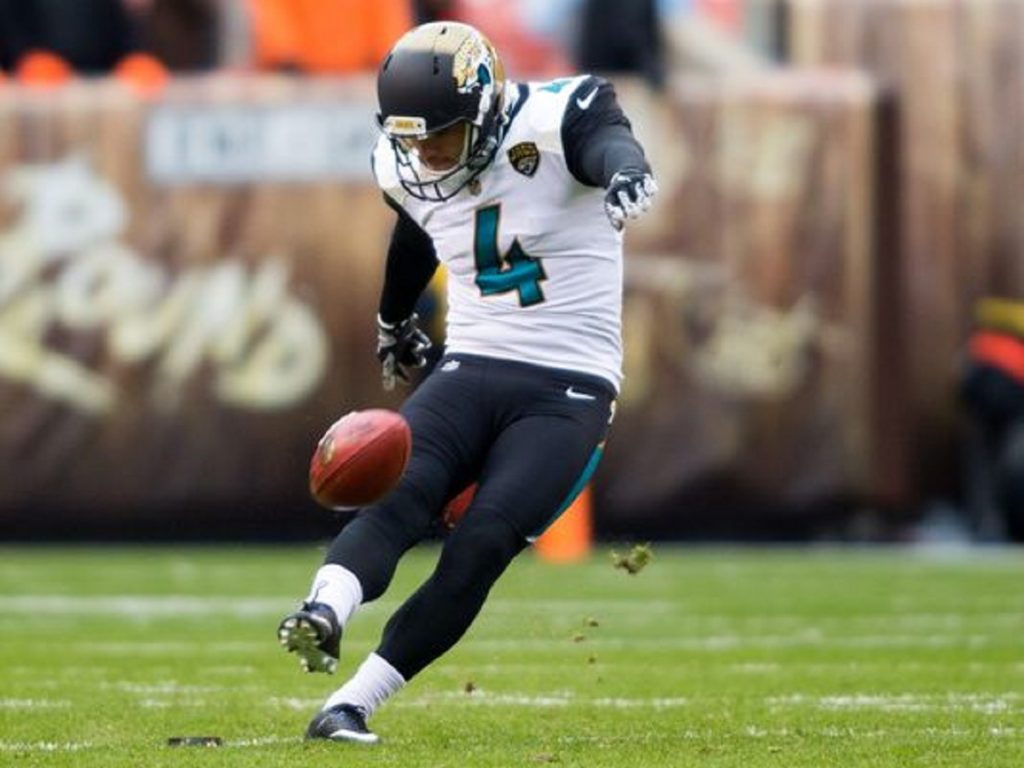Goal or no goal? What goes into NHL reviews that always stir up controversy
In law, there’s what you know and what you can prove. NHL senior vice president of hockey operations Mike Murphy said the same is true when it comes to video reviews of goals.
“One of the consistencies of our (situation) room is that we have to have video evidence that the puck is over the goal line before we can overrule a referee,” Murphy told USA TODAY Sports. “It’s that simple.”
He said the Patric Hornqvist no-goal decision in Game 2 of the Pittsburgh Penguins-Washington Capitals series is an example of the “eight or 10 times a year” when a puck probably crossed the line, but no video can be found to prove it.
“What brings consistency to the process is that (Washington coach) Barry Trotz and (Washington general manager) Brian MacLellan know that if we (rule a goal is scored) we are going to show them a picture of that puck over the goal line,” Murphy said.
Murphy said no replay showed Hornqvist’s shot over the line. Because the referee had not signaled goal, Murphy said the league had no choice but to let that ruling stand.
“In this case, it was probably under Holtby’s pad and it’s probably over the goal line, but we could never find it or see it,” Murphy said.
More: Penguins have plenty to be mad about in Game 2 loss to Capitals
The NHL uses four main cameras for reviews – two on the crossbar, one in the back of the net and one overhead. The crossbar cameras offer the best views. The overhead camera is also effective, although it is from a farther distance. None of those cameras located the puck on the Hornqvist shot.
In the playoffs, at least six different people are trying to find the puck on the video.
“If we can’t show video proof to the world that the puck was over the goal line, then we leave the call on the ice,” Murphy said.
The NHL uses the Hawk-Eye system, the same software used in professional tennis. The difference: tennis doesn’t have goalie equipment and falling bodies obstructing the camera’s views.
The Hawk-Eye program allows us to look at multiple video feeds,” Murphy said. “For instance, each game has 14 feeds, four blue line, eight in-net feeds and two-live game feeds. So when we have 10 games going, we have 140 feeds coming in and Hawk-Eye gives us the ability to manipulate this video. It allows us to enhance views, to zoom in or zoom out on them.”
Most goal reviews are done in less than two minutes, and Murphy said more time was taken on this play to make sure they saw television replays from the hand-held cameras.
One NBC shot showed white space between the goal line and the puck, but that shot came from the center ice “with a zoned-in camera,” which can distort the perspective, Murphy said. According to Murphy, the “white” seen from that distance could be snow build-up in the crease.
“I’m sitting in a room with guys who have been in this room a long time,” Murphy said. “Colin Campbell has 45 years. Kris King is 30 years. (Former referee) Bill McCreary is 40 years. We are all looking at each other and we are thinking this puck is in, but we can’t find or see it, and we don’t have any video to overrule the referee.”
Murphy said there are “eight to 10” times a season when the group finds the puck over the line when players, fans and officials didn’t see it go in. And it works the other way, when the puck might have crossed the line but they simply can’t find proof.
“It bothers us when we can’t find the puck. We want to do everything possible to find it,” he said. “We use every TV angle.”
According to Murphy, perspective can vary greatly, depending upon the angle of viewing.
“As disturbing as that call was to Pittsburgh and as helpful as it was to Washington, they know there is a consistency to (the process),” Murphy said. “The next night out we are going to rule the exact same way.”
Pittsburgh captain Sidney Crosby said he thought the puck was in, and Hornqvist, who jammed the puck toward the net, said common sense said it was in. Coach Mike Sullivan said you could deduce the puck was in the net.
But eyewitness testimony isn’t the NHL standard.
In March 2017, NHL general managers asked the league not to use the word “inconclusive” in their decisions. Since then, the league has used the words “support,” “confirm,” or “overrule” in review decisions.
The NHL has tried cameras in goal posts, but found they didn’t provide much help because goalies were always in the way.
Murphy said the NHL is researching the possibility of putting chips in pucks to help determine if it crossed the goal line.
“We’d like to be perfect, but we are not,” Murphy said. “There are always a leg, or a glove, or a pad that gets in your way. But video has come a long way.”
Same puck, different angles
The NHL’s hockey operations department put together a presentation on how camera angles can be deceptive on whether a puck is fully over the line. It used a puck slightly touching the goal line and shot it from different angles. How it looks:
Source:-https://www.usatoday.com/story/sports/nhl/columnist/allen/2018/05/01/nhl-playoffs-penguins-capitals-no-goal-patric-hornqvist/570831002/

